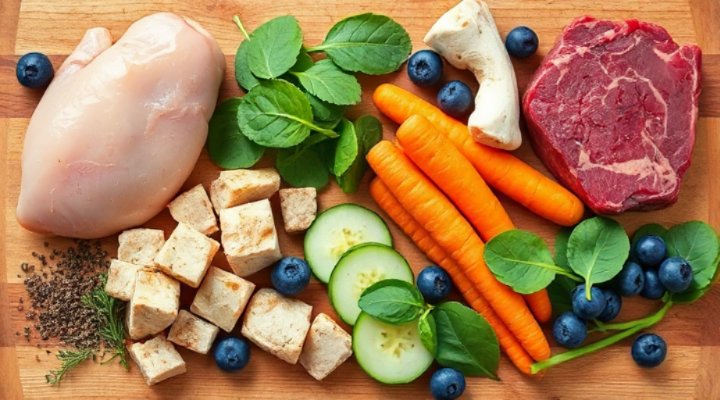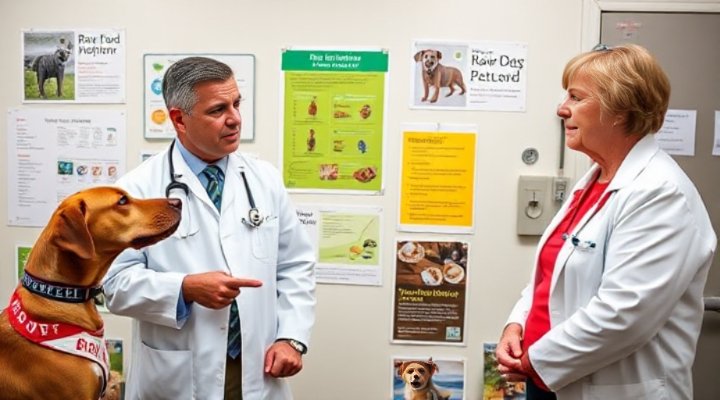Transitioning your dog to a raw food diet can be one of the most beneficial changes you make for their health, but it’s important to do it right. Let’s explore everything you need to know about feeding your dog a raw diet.

What is a Raw Food Diet for Dogs?
A raw food diet for dogs, sometimes called the BARF diet (Biologically Appropriate Raw Food), consists primarily of raw meat, bones, organs, and some vegetables and fruits. This approach aims to mimic what dogs’ ancestors would have eaten in the wild before commercial dog food existed.
According to the American Veterinary Medical Association, while there are potential benefits to raw feeding, pet owners should be aware of the risks and consult with their veterinarian. For those considering this diet, our article on We Feed Raw Diet for Dogs provides excellent safety tips to get started.

Health Benefits of Raw Food for Dogs
Many pet owners who switch to raw feeding report noticeable improvements in their dogs’ health. Some potential benefits include:
- Shinier coats and healthier skin
- Smaller, less smelly stools
- Improved dental health
- Increased energy levels
- Better weight management
However, it’s worth noting that some dogs with sensitive stomachs might do better with specialized diets like those discussed in our Natural Balance Dog Food for Sensitive Stomachs review.

How to Safely Transition to a Raw Diet
Switching your dog to raw food should be done gradually over 7-10 days to avoid digestive upset. Here’s a simple transition schedule:
- Days 1-2: 25% raw food, 75% current food
- Days 3-4: 50% raw food, 50% current food
- Days 5-6: 75% raw food, 25% current food
- Day 7+: 100% raw food
For puppies, the transition might need to be even slower. Check out our Pro Plan Dog Food for Puppies article for specialized puppy nutrition advice.

Potential Risks and How to Mitigate Them
While raw diets offer benefits, there are some risks to consider:
- Bacterial contamination – handle raw meat carefully
- Nutritional imbalances – ensure variety
- Choking hazards – supervise bone chewing
- Higher cost – budget accordingly
The FDA provides excellent guidelines on safe handling of raw pet food. For dogs with allergies, our Best Dog Food for Allergies guide offers alternative options.

Creating a Balanced Raw Food Meal Plan
A proper raw diet should include:
- 70% muscle meat
- 10% raw edible bones
- 10% organs (half of which should be liver)
- 10% vegetables and fruits
Remember, variety is key to ensuring your dog gets all necessary nutrients. If you’re considering supplementing with wet food occasionally, our comparison of Wet Dog Food vs Dry Dog Food might be helpful.
Related Keywords
raw dog food, BARF diet for dogs, benefits of raw food for dogs, how to feed raw food to dogs, raw food diet risks, homemade raw dog food, best meats for raw dog food, transitioning to raw diet, raw feeding guide, is raw food good for dogs

